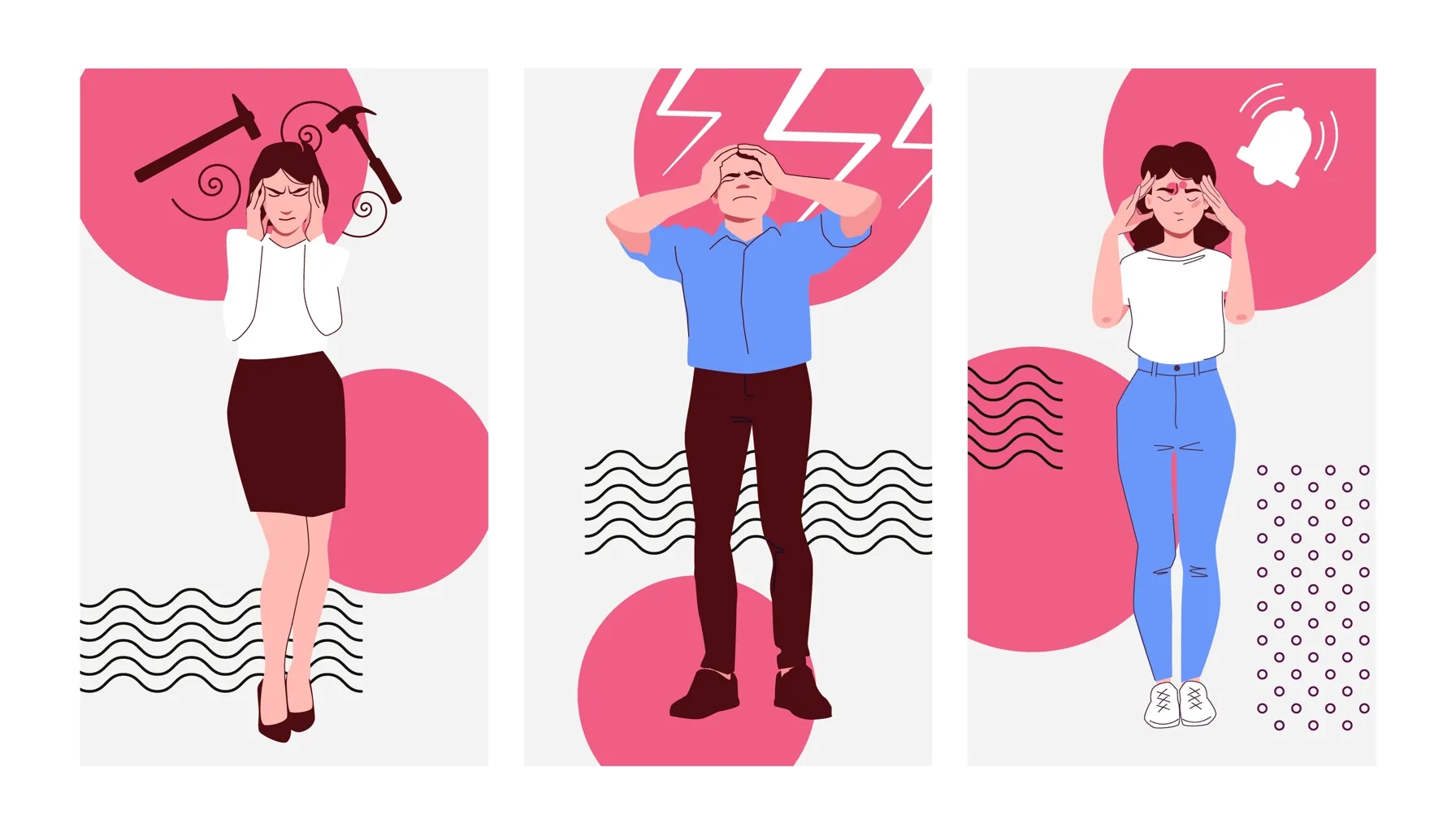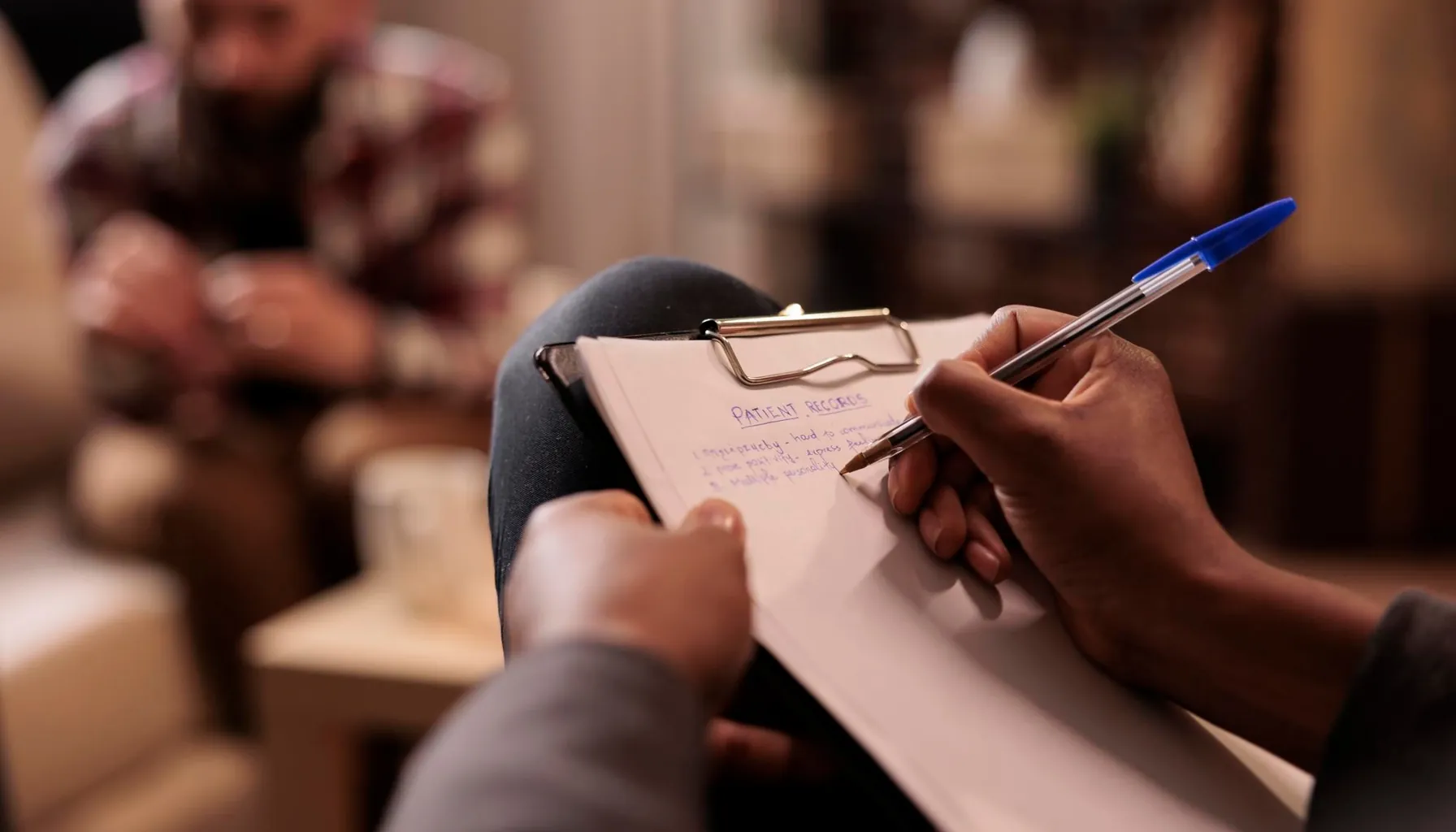What Is Osmophobia? Causes, Symptoms, and Options to Treat

Contents:
Our brains (and the mind trapped in its neural web) are the treasure that elevates humans and raises us all above life’s simpler forms. Yet, when it suffers, even small disruptions in its complex networks can have profound effects on the way we perceive the world – and this is not a simple act of our cognition.
Some conditions are out of our control, and osmophobia, i.e., a fear or, rather, hypersensitivity to odors, is one such challenge that clouds judgment and leads to the situations one had better avoid. Nonetheless, it does not come along – migraines are the most popular companions, and both intensify the discomfort around the triggers and sensory sensitivities.
But what is the osmophobia meaning? Why is it so common in migraine sufferers, and are there any brain training games to help one mitigate its consequences?

Clinical Osmophobia Definition
From the clinical perspective, osmophobia is defined as an abnormal sensitivity or aversion to odors, often manifesting as discomfort, nausea, or an exacerbation of headache symptoms when exposed to certain smells. This, however, is generally accompanied by migraines, which is why they are, in most cases, studied together so as to identify osmophobia symptoms and gain a more comprehensive picture of the patient’s neurological and sensory profile.
According to "Nosographic analysis of osmophobia and field testing of diagnostic criteria including osmophobia" by Mona Ameri Chalmer et al., this type of phobia occurs in approximately 25–48% of adult migraine patients and is particularly specific in identifying migraine attacks, even in the absence of other common symptoms like nausea or vomiting. Nonetheless, it is vital to note that osmophobia does not appear in every patient with migraine (yet not vice versa).
Its nature presupposes the mechanisms of its appearance. That said, osmophobia may present as either frequent or infrequent, which depends on whether odor sensitivity occurs in most migraine attacks or only from time to time.
Osmophobia and Headaches

As we have covered before, osmophobia is most frequently observed in those who suffer from migraines, yet its presence may vary among different types of headache. As per Chalmer, the prevalence of this condition differs across populations: e.g., Asian migraine patients show higher rates of osmophobia than Western patients.
What is more, this phobia also appears to correlate with the intensity and frequency of headaches. Those who experience more severe migraines are usually more prone to severe manifestations of odor sensitivity. Marianna Delussi, for example, notes that osmophobic patients frequently show signs of central sensitization, such as allodynia, which means that the nervous system’s heightened responsiveness may involve multiple sensory pathways in turn.
By the way, osmophobia can act as a warning signal for impending headache attacks. Some patients notice that specific odors, such as perfumes, smoke, or strong food smells, trigger migraine onset or intensify existing symptoms. This is vital to know, especially for those who cannot understand the mechanisms underlying their condition.
Symptoms and Triggers to Be Aware Of

Unlike other specific phobias, osmophobia causes painful physical reactions that often accompany headaches, nausea, and overall sensory discomfort. Although one may not consciously fear certain odors, it is more about the neurological responses than the mind's apprehension. So, what are the main symptoms of this condition, and what factors could trigger its onset?
Common Symptoms of Osmophobia
Nausea or vomiting triggered by certain smells
Worsening headache or migraine intensity
Heightened anxiety or discomfort in response to odors
Sensory overload or feeling “overstimulated” in the presence of strong scents
Central sensitization signs, such as allodynia (heightened pain response)
Frequent Triggers
Perfumes, colognes, or scented personal care products
Cigarette smoke or other forms of smoke
Strong food odors (e.g., cooking smells, spices, fried foods)
Cleaning agents, disinfectants, or chemical scents
Environmental odors like mold, garbage, or pollution
Osmophobia Diagnosis

Though there are dozens of recent studies regarding the causes of this condition, osmophobia has not been fully understood yet. Nonetheless, some suppose that it may arise from the general sensitivity within the brain’s olfactory and sensory processing pathways.
Sometimes, however, the role can be played by genetic and environmental factors, too. Certain groups of patients were originally predisposed to sensory hypersensitivities, which can increase the likelihood of developing osmophobia in conjunction with migraine disorders. Among the additional risks are hormonal fluctuations, stress, and sleep disturbances, all of which only exacerbate osmophobia.
So as to receive a proper diagnosis, one should consult healthcare specialists as soon as possible to seek treatment and guidance, take an osmophobia test, get personalized advice on managing triggers, and explore both preventive and therapeutic strategies to reduce symptoms for good.
Osmophobia Treatment and Management Options to Try
Medication-Based Therapies
Prescribed by: Neurologists or general practitioners
Benefits: Reduces migraine frequency and intensity, eases osmophobia-related discomfort
One of the most efficient ways to mitigate the symptoms of any phobia (let alone migraines) is to take medications, such as triptans, beta-blockers, or preventive drugs. Nonetheless, only certified doctors may adjust treatment plans and include such options to treat both your phobia and headaches.
Cognitive Training

Guided by: Neuropsychologists or through digital brain-training apps
Benefits: Improves resilience of neural pathways, promotes emotional sobriety, reduces sensory overreaction, and strengthens coping mechanisms
Apart from medications, one should not neglect the power of cognitive training. As such, it aims to "re-train" the brain's responses to sensory input through engaging games. One of the greatest examples is the Mind Elevate app, i.e., an instrument that incorporates more than 35 games that target memory retention, attention and concentration, logical reasoning, math fluency, and musical perception.
Over time, this type of activity may lessen the intensity of osmophobia by helping patients better control their reactions in general.
Behavioral and Lifestyle Strategies
Supported by: Healthcare providers, psychologists, and patient self-management
Benefits: Reduces exposure to triggers, improves daily functioning, and lowers stress-related flare-ups
Lifestyle is also to be changed, for the more triggers you have, the lower the chances of getting better. This usually starts with mindfulness meditations, avoiding environments with strong odors, limiting drinking alcohol, maintaining good ventilation at home, and opting for fragrance-free products – here is the easiest way to break free.
When everyday scents feel overwhelming, take a look at yourself deeper within. Could what seems like a simple phobia be a sign of a more complex condition?





